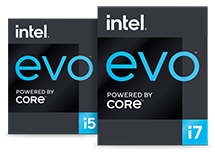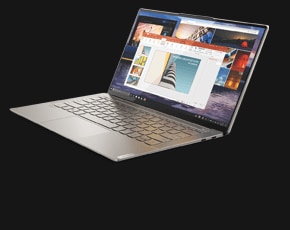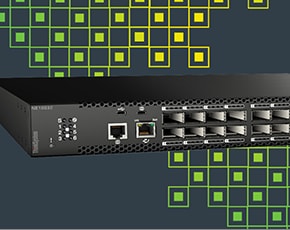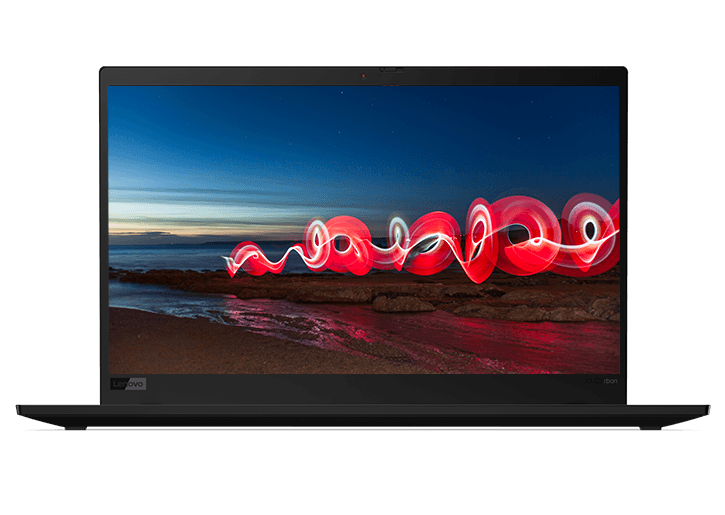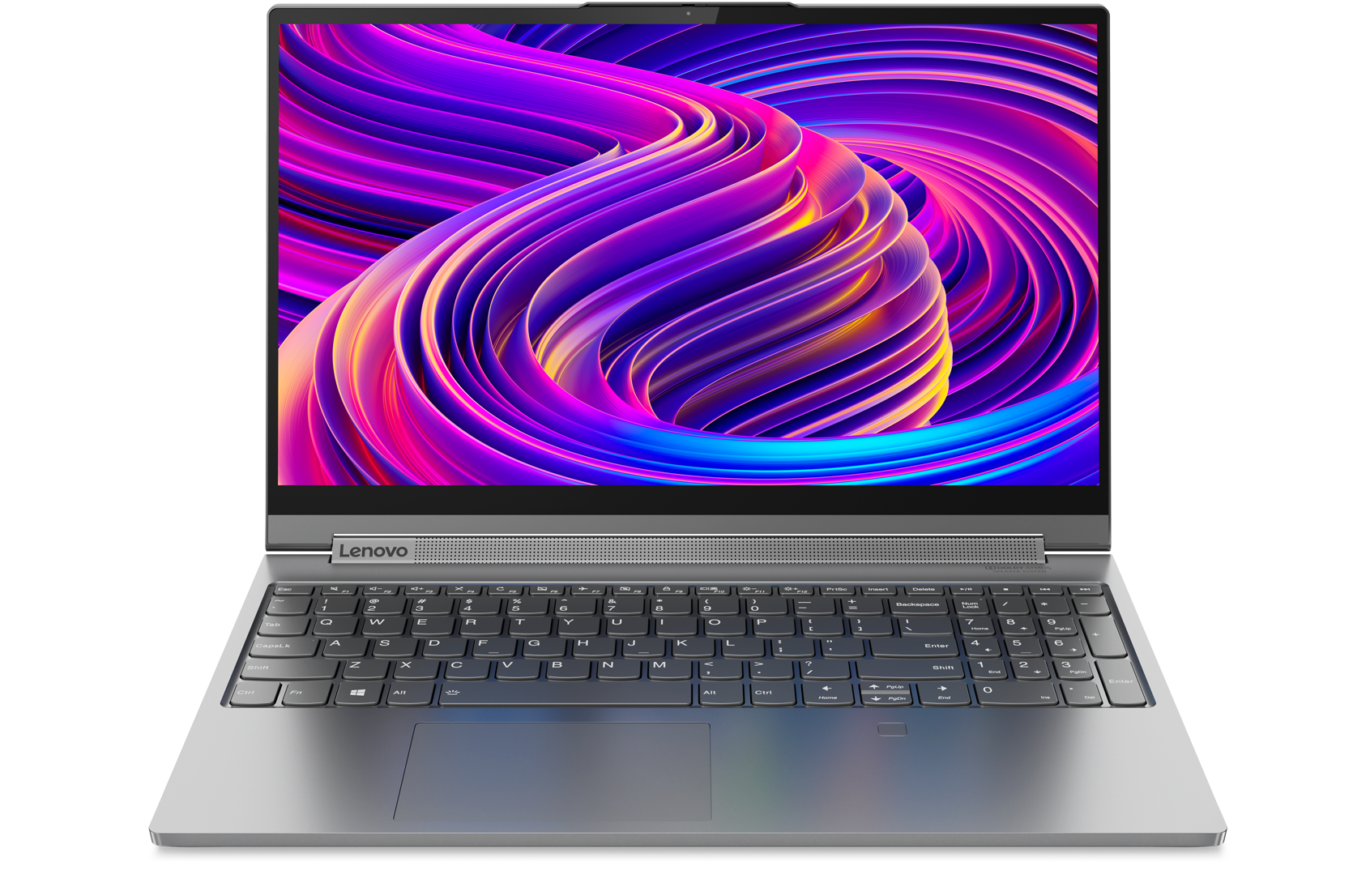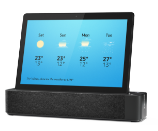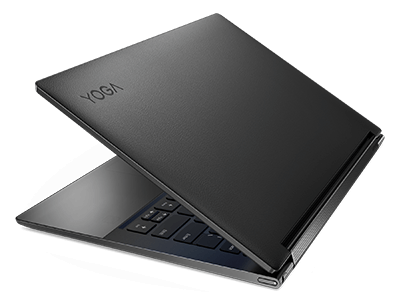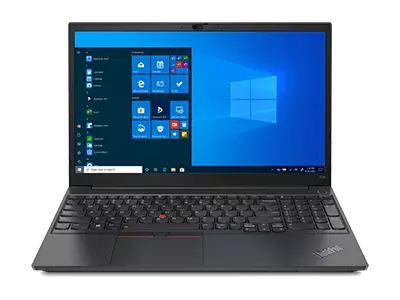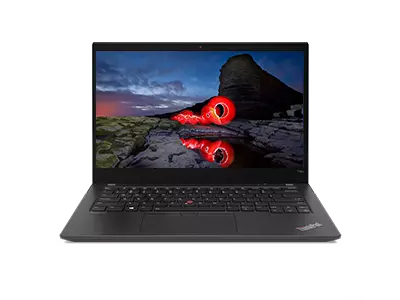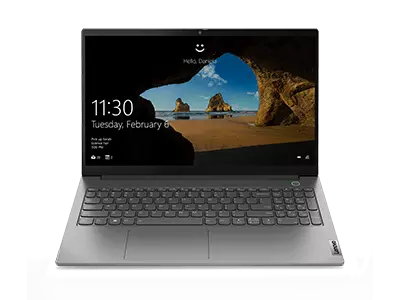What is LTE-A Technology?
LTE-A stands for LTE-Advanced. It is a standard for mobile communication that is one generation beyond LTE (Long Term Evolution). Whereas LTE was a 3G communication standard, LTE-A is a 4G or fourth generation communication standard.
The benefits of a fourth generation communication network are many. Perhaps most simply, LTE-A offers faster speeds than 3G. As defined by the International Mobile Telecommunications-Advanced Standard, 4G must offer a nominal data rate of 100 Mbit/s when a user is physically moving at high speeds relative to a data station, and 1 Gbit/s when the user and station are fixed relative to one another. Additionally, LTE-A allows for global roaming, smooth handover between networks, and interoperability with existing wireless standards.
For wireless communication, LTE-A or 4G LTE is the current state-of-the-art.
LTE-A features
As one would expect, a 4G network offers several advantages over a 3G network. In order to be classified as 4G, a network must meet certain criteria, as governed by the International Telecommunications Union. Requirements for a 4G communication standard include:
- All-Internet Protocol (IP) packet switched network (for increased network efficiency)
- Interoperability with existing wireless standards
- Specific nominal data rates for mobile and stationary users
- Network resources are dynamically shared in order to support more simultaneous users per cell
- Scalable channel bandwidth up to 40 MHz
- Peak link spectral efficiency of 15 bit/s/Hz for downlink, and 6.75 bit/s/Hz for uplinks
- Seamless connectivity with smooth handovers across networks
- Global roaming with universal connectivity
- Service sufficient for multimedia support
Though 4G data speeds are greater than 3G data speeds, it is worth noting that Megabits (Mbit) are different than Megabytes (MB) – the two are commonly mistaken for one another. A Megabyte refers to the size of a digital file; Megabit refers to upload and download speeds of digital files. A Megabit is 1/8th as large as a Megabyte. To download a 1MB file in 1 second, your network connection must be 8Mbps (or Mbit/s).
What devices use it now?
Not all mobile devices are 4G compatible. Though many smartphones and tablets now offer 4G compatibility, laptops and similar mobile devices with wireless connections often lag behind. When it comes to laptops and other like devices, consumers often find that their choices are limited when it concerns 4G compatibility. To meet consumer needs and provide options that take advantage of current technologies, Lenovo's X Series and T Series laptops offer available 4G wireless connections. By leveraging a 4G network, these laptops provide for faster browsing speeds, greater multimedia usage, and enhanced usability, among other benefits.
LTE and LTE-A comparison
In comparing a 3G LTE network with a 4G LTE-Advanced network, you will find that there is no comparison. An LTE-A network offers much faster peak speeds, for both downloads and uploads, as well as greater reliability, more seamless handover between networks, and global roaming. If your laptop is not 4G compatible, its online capabilities are severely limited. In every objective metric, LTE-A is superior to 3G LTE. Subjectively, a 4G LTE-A network can be expected to provide a much more fulfilling and rewarding user experience.
